iBasso PB5 Osprey HiFi Tube Amplifier – Apex Analogic Musicality
iBasso PB5 Osprey is a $1499 USD Summit-Fi Portable Tube Headphone Amplifier, featuring the most complex Dual Nutube 6P1 Tube setup manufactured by KORG and Noritake, being the 6th generation NuTubes, combined with 6 Batteries, and and a stepped volume attenuator to deliver the best sonic performance you can dream of having with a portable headphone amplifier. Given the price and design, we will compare the iBasso PB5 Osprey with similarly priced Headphone / IEM Amplifiers including HIFIMAN Prelude (2499 USD), Aune S17 PRO (699 USD), Feliks Audio Echo 2 (799 Euro), Violectric HPA V340 (2000 USD), and Audio-GD Master 19 (880 USD).
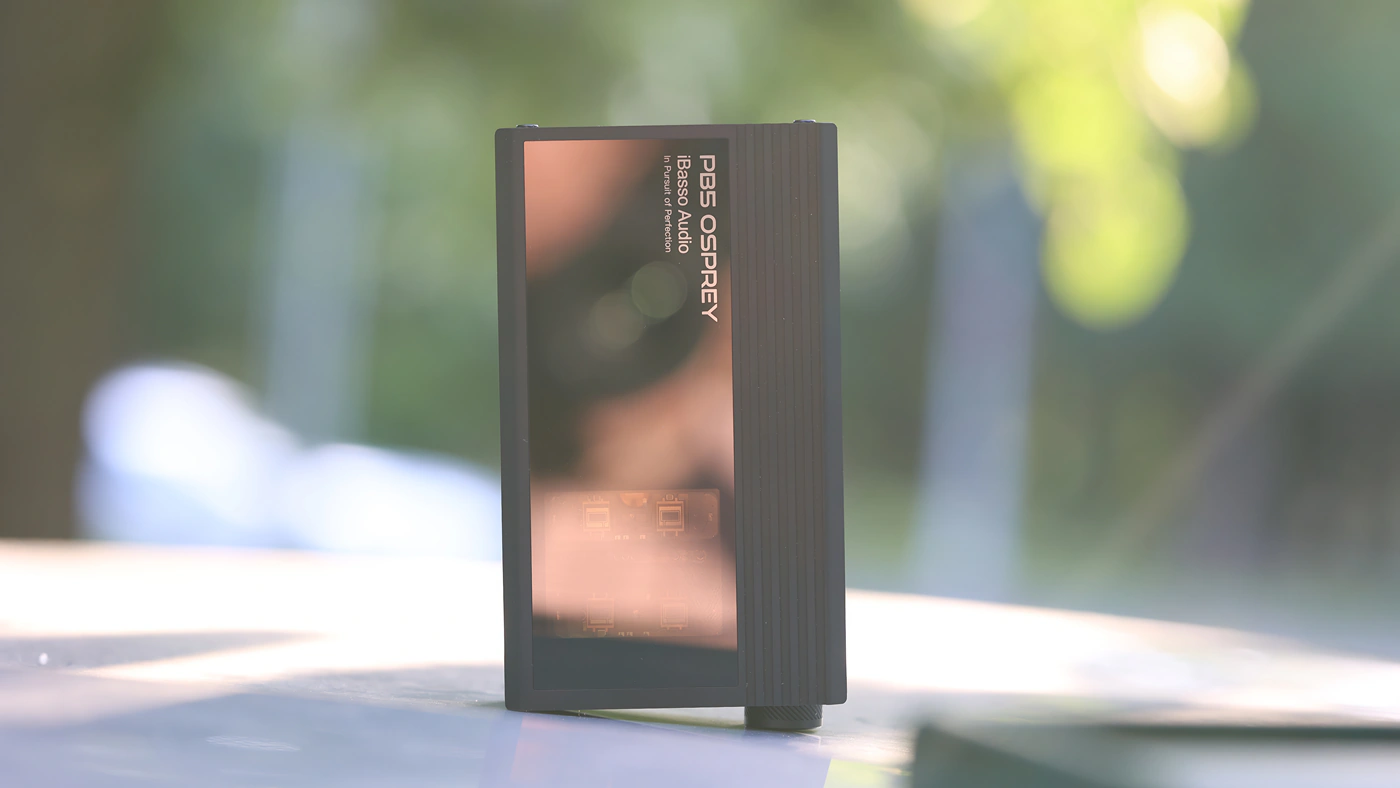
Introduction
iBasso created the world’s best portable DAC / AMP in the D16, and it became the most popular unit for music enthusiasts and passionates who want the absolute flagship in the DAC department, but iBasso also has an extra surprise in store for us. Coming with special Tube tech, PB5 Osprey is the most technologically advanced headphone amplifier released to date on the market, and with it now available to purchase straight from iBasso or form their official sales channels, we will review it in depth and explore everything it has to offer, and even how it compares to high-end desktop headphone amplifiers. As an Amazon Influencer, I earn from qualifying purchases, and using the purchase links in my reviews helps me maintain this website and Youtube Channel. A huge thanks to iBasso for providing us with the sample for this review.
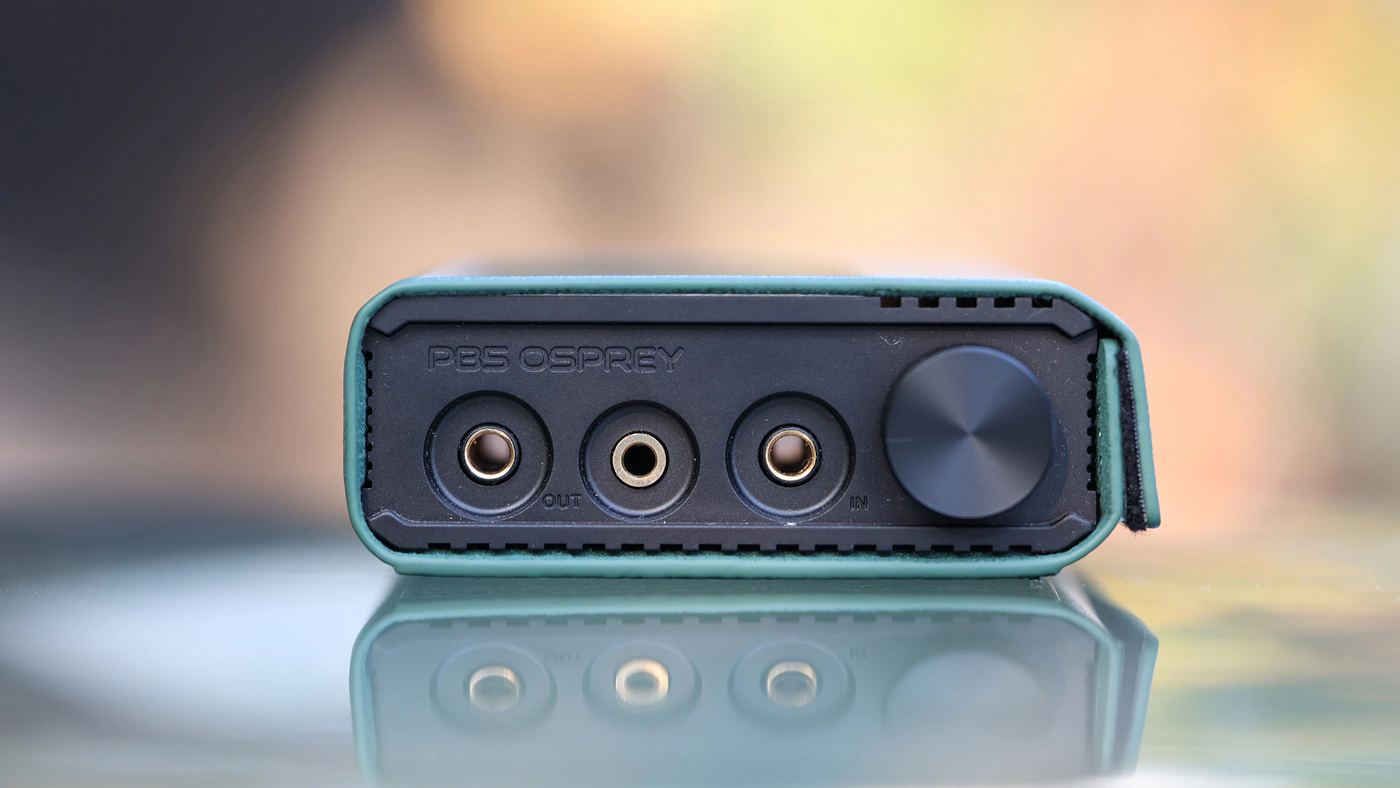
PROs – Vivid, and colorful midrange, a perfect build quality, long battery life, and outstanding package. The treble is bright and revealing, bass is deep and powerful, PB5 being able to drive even the most demanding headphones with ease, all while having a very low noise floor for IEMs, being basically the perfect portable tube amplifier.
Cons – Price point is on the high side.
Product Link
Amazon – https://amzn.to/47DHzZx
Aliexpress – https://s.click.aliexpress.com/e/_DFqjKCv
Build Quality/Aesthetics
iBasso PB5 is literally the pinnacle of the Balanced Tube Portable Amplifiers, and it comes with dual NuTube 6P1 Vacuum Tubes, Manufactured by Korg and Noritake, the 6th generation, operating exactly as a conventional triode vacuum tube, creating the same rich and vivid sound of traditional large-scale triodes.
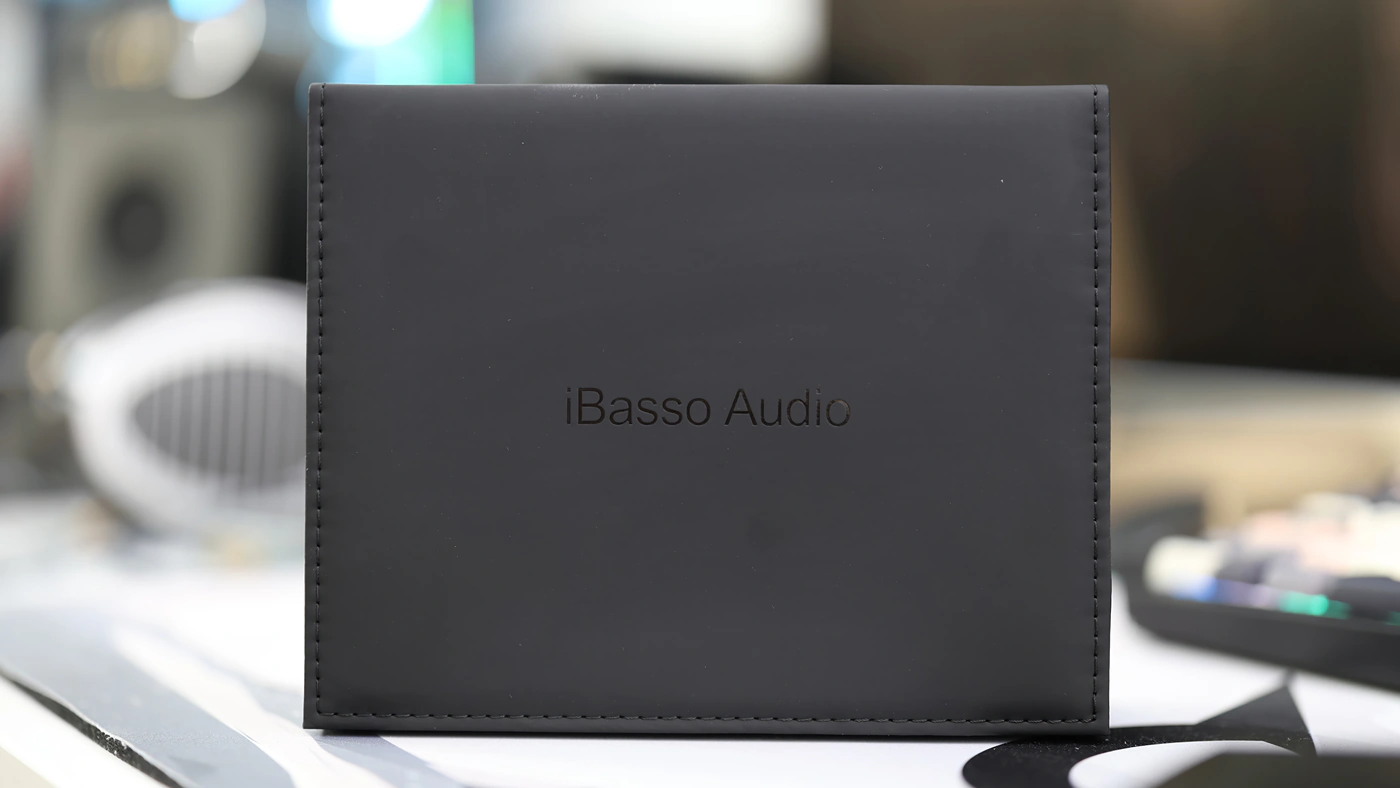
The power delivery part is top of the line, as PB5 utilizes 6 batteries to draw its energy from a robust power supply system. iBasso implemented 2 batteries for the NuTubes in particular with 4 other batteries supplying energy for the secondary Amplifier. You can get around 10 hours of actual measured playback from a single charge with PB5, but it takes 2 hours and a half to charge it. As it forms 3 packs of batteries measuring 8.4 volts each, the power delivery part is very different from other smartphones and other devices, so PD chargers are not supported and PB5 Osprey needs a standard 5V Charger or QC 1.5 Amp or more charger. The design of PB5 always uses power from the batteries, so if you keep it plugged in, it charges continuously, until the battery is full, after which the charger disconnects until one of the batteries in the pack is lower than 8 Volts, when it starts charging again. This has the disadvantage is a theoretical degradation in time, but this approach keeps the sound consistent even if you’re using it while charging. I noticed that with high quality sources the sonic is excellent even while charging, but it is possible that using a low quality charger / Noisy PC USB Port will result in an increased background noise if PB5 is used while charging.
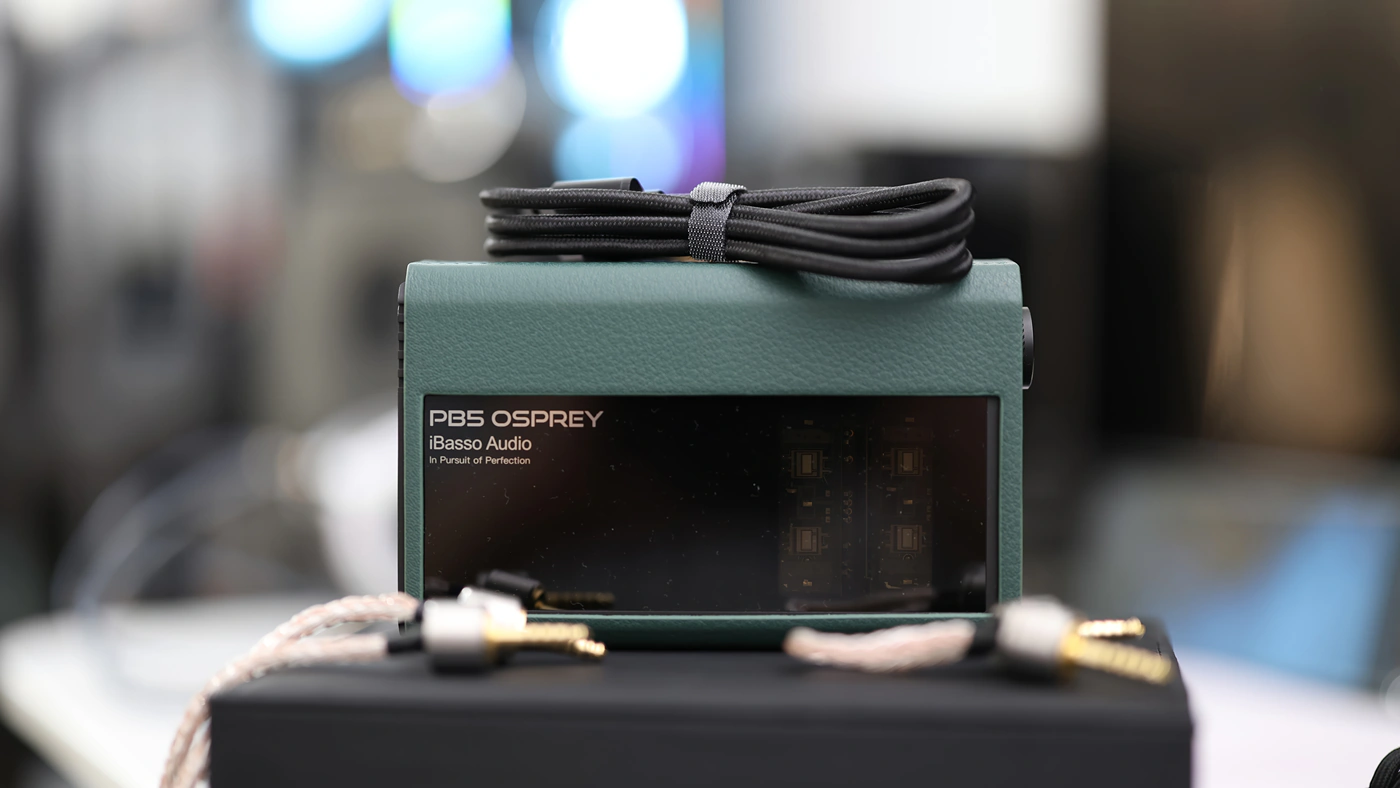
For the purest form of volume control, iBasso implements the 4-Section Stepped Attenuator that we have seen in DX320 MAX Ti and iBasso D16, allowing for 24 positions, which are literally 24 levels of volume. This kind of control is literally the best existent on the market, allowing for perfect channel balance and the lowest noise floor possible. This effectively reduces all the issues previously seen and heard with analog potentiometers without cutting the detail and resolution like Digital controllers do. To complement the analogic stepped attenuator, iBasso uses the OPA287 OP-AMP, known for its sweet and rich analogic characteristics, and iBasso custom film capacitors, combined with Low VCEsat (BISS) dual transistors, with a high output current up to 2 amps.
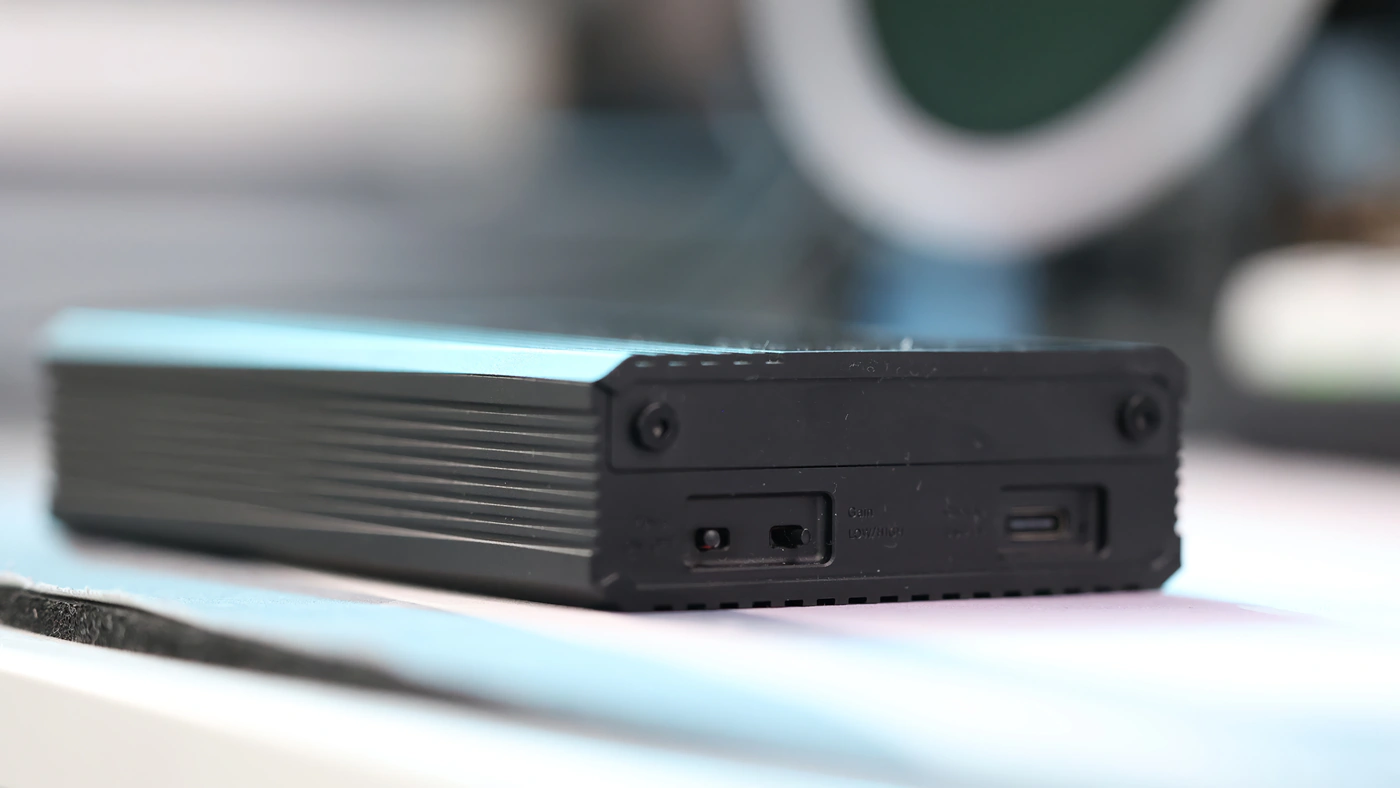
If you’re looking for the absolute driving power, iBasso designed PB5 with 1700 mW + 1700 mW for the balanced output, for a 32 OHMs load of impedance. This is the highest level that I’ve seen in a portable amplifier, but better than this, upon actual testing I found that PB5 can drive all of the headphones I have in my collection more than effectively, perfectly well. Here we’re exploring the driving ability for HIFIMAN He1000SE, T+A Solitaire P-SE, Dan Clark Audio Expanse, and HE6SE. I am yet to find a single headphone that iBasso PB5 Osprey won’t suffice for, so it is my current reference for power delivery for a portable amplifier.
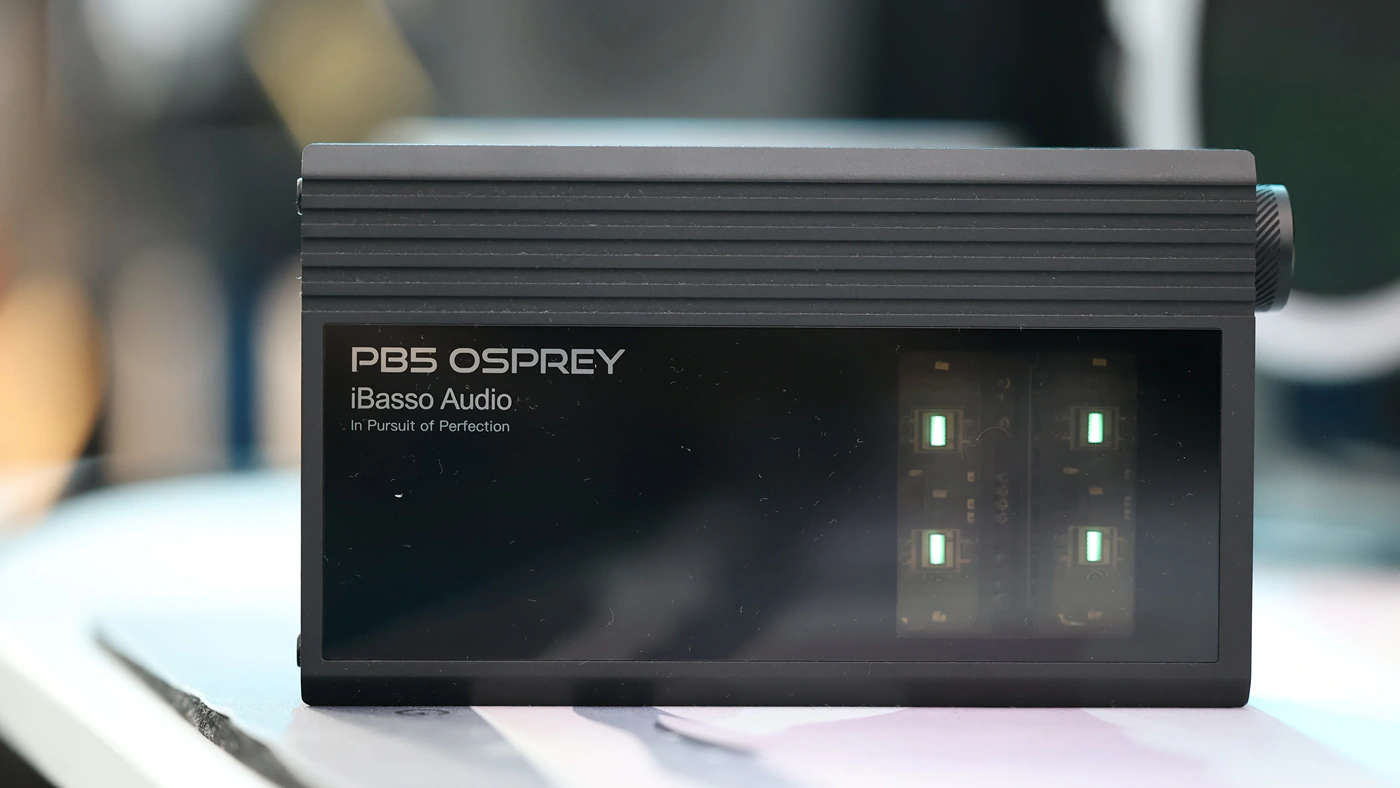
To minimize the Microphonics and Interference, iBasso implemented a two-step suspension that absorbs vibration and mechanically reduces the microphonic effect. The cathode input reduces the impedance resulting in reduced signal interference. Upon subjective testing, I found that PB5 has no interference inherited from any external sources, and you won’t hear much microphonics in actual usage. For example, if I have PB5 on my desk, while typing and gaming, I will not hear any kind of microphonic noise, but if I give a bump to PB5 directly, it produces a ping sound that is audible in it. Pocketed usage while stacked bears no audible noise in the headphones.
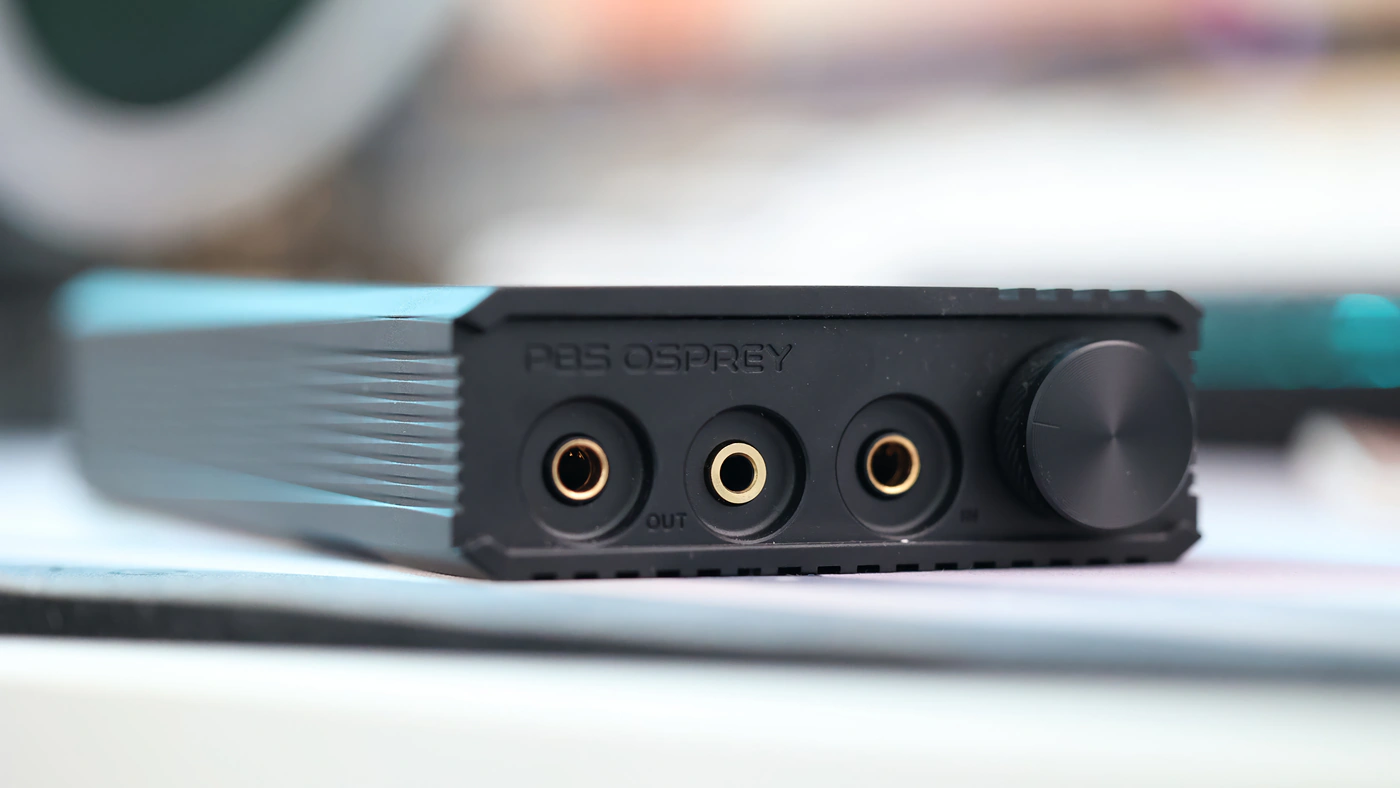
Fairly important to take into account, PB5 expects a line input voltage up to 2.5 Volts, so for DX320 MAX Ti, DX300 MAX and DX220 Max, you should not use the highest gain levels, but medium and Gain 3 on DX320 Max Ti, for the best sound, as if you go above 2.5 Volts for the input voltage, the sound will have distortion. The input includes just one 4.4mm Balanced input, and the output list includes one 4.4mm balanced output and a single ended output in the 3.5mm single ended format.
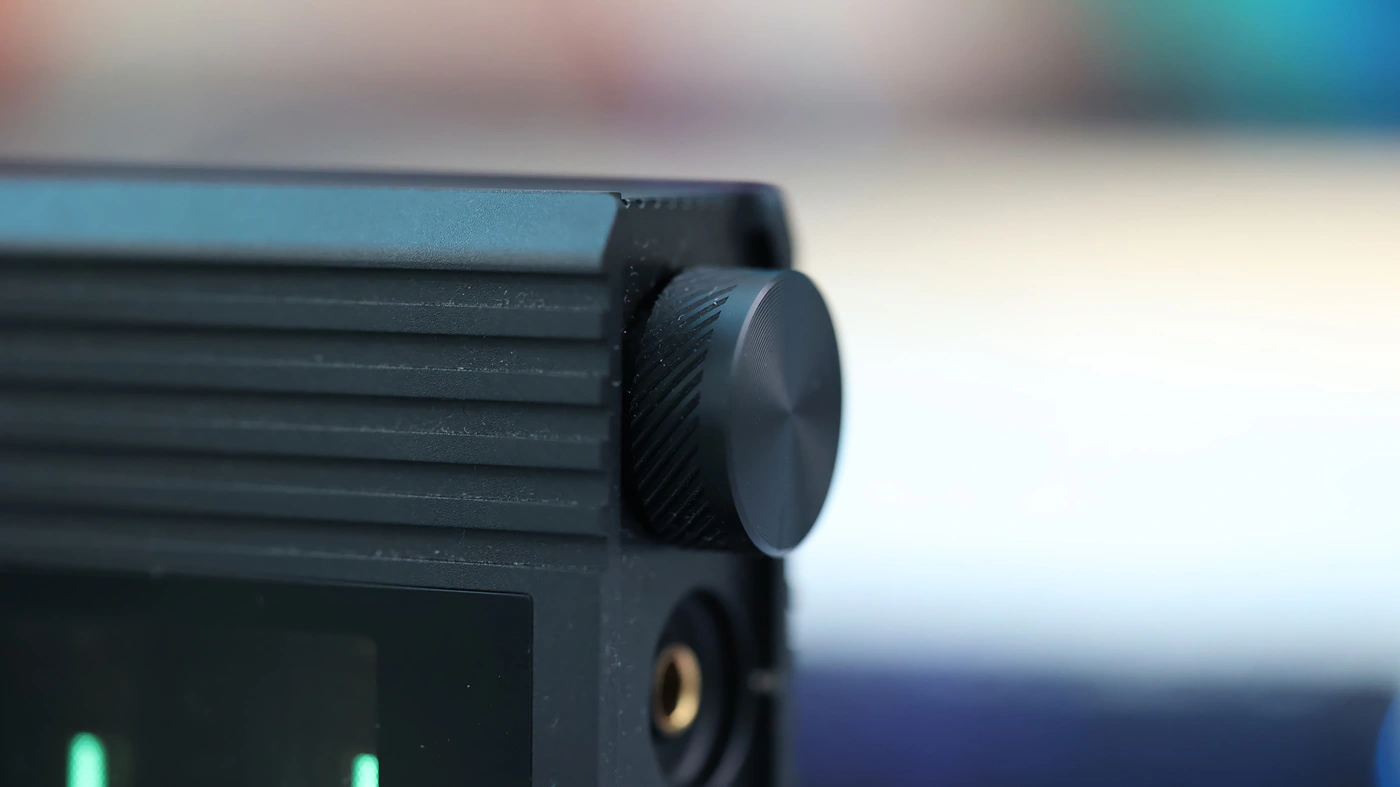
The output voltage is as high as 9 Vrms for the 4.4mm balanced output, and 4.5Vrms for the single ended 3.5mm headphone output. The output impedance is 0.25 OHMs for the balanced output, low enough for the background noise to not really be audible, and 0 OHMs for the 3.5mm single ended headphone output, where even with the most sensitive IEMs you will not hear the noise floor at all. Even iBasso recommends PB5 for Headphones and IEMs with an impedance range between 8 and 600 OHMs. In my subjective usage, PB5 is perfect, with no noise, odd behaviors, except that there is no battery indicator, so you kinda have to eyeball it and charge it often keeping it topped up if you plan on taking it with you. You could call me an unbeliever, but I did not believe that PB5 weights just 352 grams until I weighed it using a kitchen fine scale, and that is true, it is rather light but does not feel hollow, instead feeling well made and sturdy. iBasso also includes the most beautiful transport / protection leather cases with a metallic iBasso Logo, which offer both good protection but also allow it to cool off. PB5 does not get hot during usage, and it is immune to noise coming from the power converter used to feed it.
Sound Quality
Pairings – While I tend to run most equipment through the most recent headphones and IEMs, out of convenience and because I literally have them all grouped on my work desk, but for PB5, I had to grab some special Headphones and IEMS. To test it I have used a long list of headphones, including HIFIMAN HE1000SE, T+A Solitaire P-SE, DCA Dan Clark Audio Expanse, Sivga P2 PRO, Audeze LCD-5, Crosszone CZ-8a Enhanced, Erzetich Thalia, Palma DHS-1 and Sivga Peacock. iBasso PB5 has more driving power when using the balanced headphone output than any other DAC / AMP or DAP that I have tested, having better control up to the maximum volume, a higher maximum volume, and a fuller, more saturated sound with less distortion. It is essentially the only way you can really drive some of those headphones using a portable amplifier, and it does a surprisingly good job, being currently the main AMP I have been using for more than 2 months, for my personal listening.
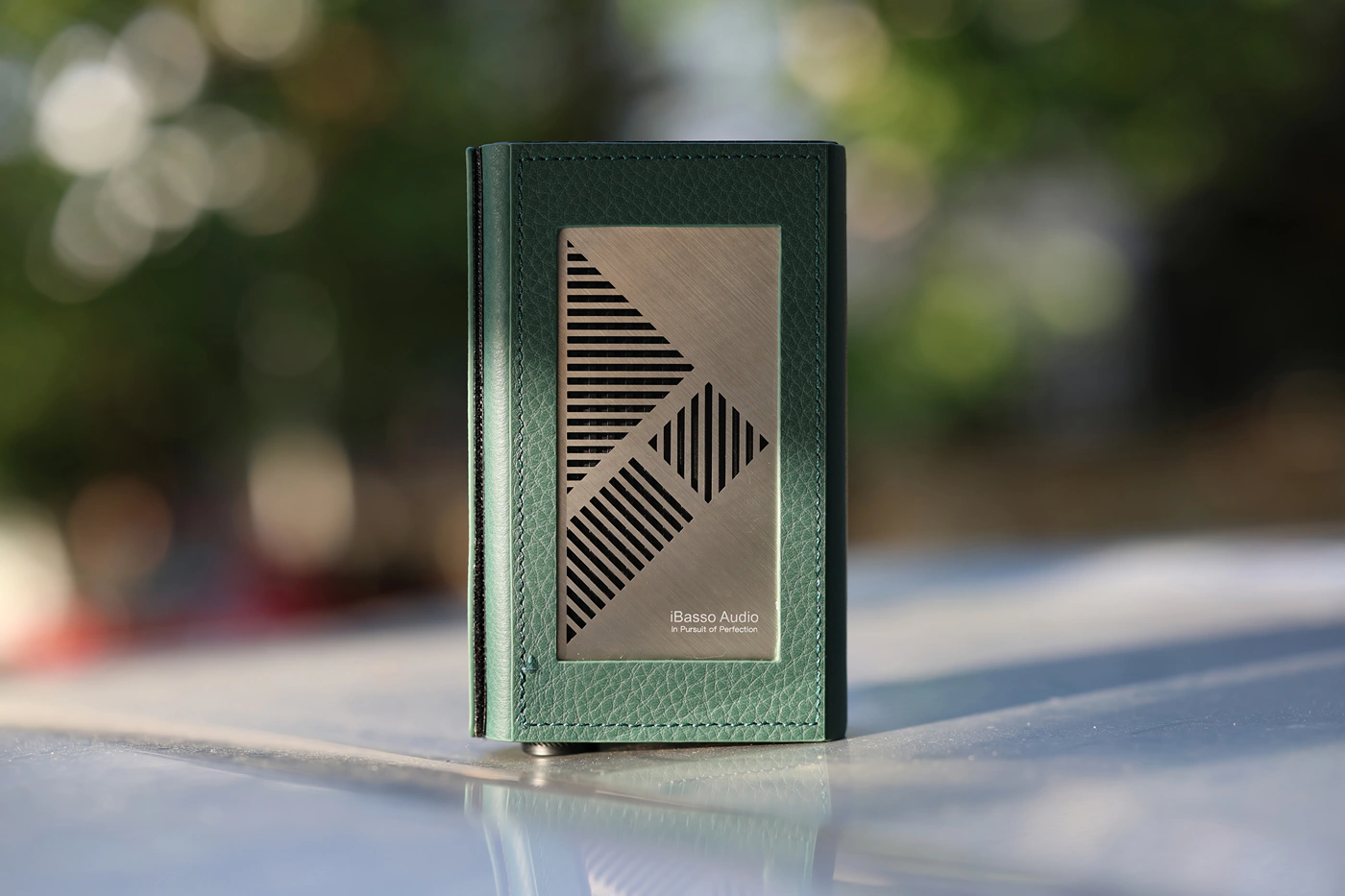
When driving IEMs, PB5 has excellent control, and the list I have paired it with includes Ambient acoustics MAD24, Dita Audio Perpetua, FIR Audio e12 Electron, Letshuoer Cadenza 12, HIFIMAN Svanar, Unique Melody Maven PRO, Sennheiser ie900, Soundz Avant, Sweear HE-Live5, Campfire Bonneville, Audeze Euclid, and Westone MACH 60. I have also used the D16 + PB5 combo to drive most of the IEMs that appear in my recent reviews, and likely the ones that will appear in future reviews too. With IEMs, the sound is full, lush and has excellent control, an ultra-high maximum volume with very little background noise. While iBasso D16 has a lower noise floor with IEMs, PB5’s tuning makes me go for it, as the noise floor is barely audible even with ultra-sensitive IEMS, so it is never an issue for me. If you listen at the 1st step of volume, you may notice the background noise, but otherwise, you should be fine.
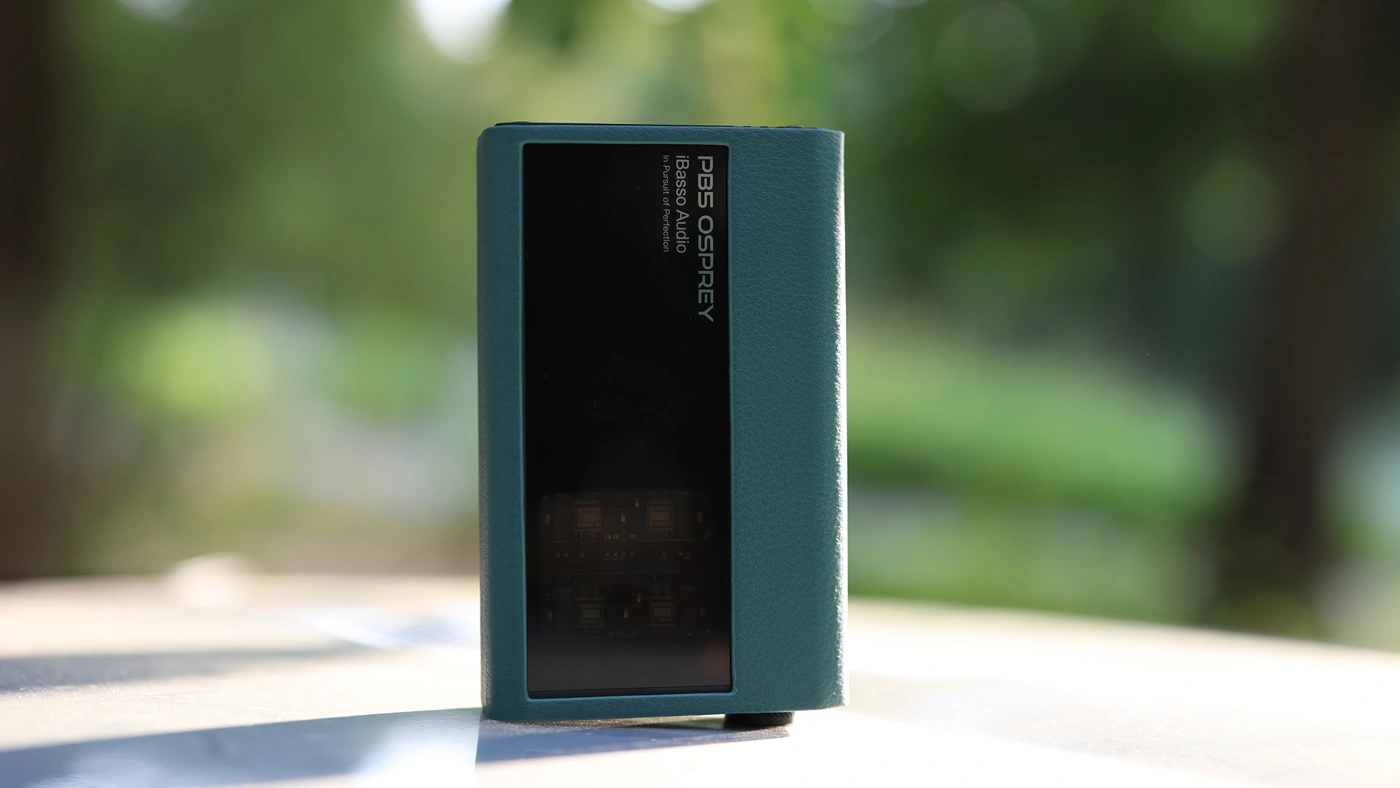
Overall Signature – iBasso is known for a natural midrange, but using multiple Nutube AMPs, PB5 achieves an entirely different sound and tuning, having an ultra colorful midrange, with extended musicality, a wide and holographic soundstage, and exceptional impact / dynamics. Volume control and saturation is superb, you can achieve a cohesive and consistent experience regardless of the listening volume, and combined with a bright, brilliant and rich treble, and a deep, textured bass, sound comes through as real, tangible and shows more personality / emotion than most sources out there. iBasso managed to keep distortions under control, and regardless of the listening volume, PB5 is one of the rather few devices out there that can be both loud and controlled, but the Tube character is controlled too, no added over-distortion or too much gain, PB5 has refinement and actual definition, while dialing in the colorful and vivid midrange tube tech is known for, achieving contrast levels unseen before in any portable AMP, fully complementing the more precise but neutral sound of D16, which has been the DAC during most of my tests.

Bass – Starting with a deep, full sub-bass, PB5 Osprey has a full and clean approach to bass, as it dials in the sub-low extension and puts real kick and punch into headphones and IEMS, including ultra hard-to-drive sets like HIFIMAN HE1000SE, Dan Clark Expanse and T+A Solitaire P-SE. There’s a strong sense of depth and impact / dynamics in sound when PB5 is the force behind all headphones, packing a punch where most sources fail to make the driver truly move. You can hear 20 Hz basslines in all music, including rock and metal, as PB5 gives bass guitar a large space to breathe, separating the low-end nicely from the midrange and reducing spread. Bass character is wet, with a natural impulse response, learning towards slow, creating an awesome sloppy bass note that fills the space, but has a satisfying aftersound decay.
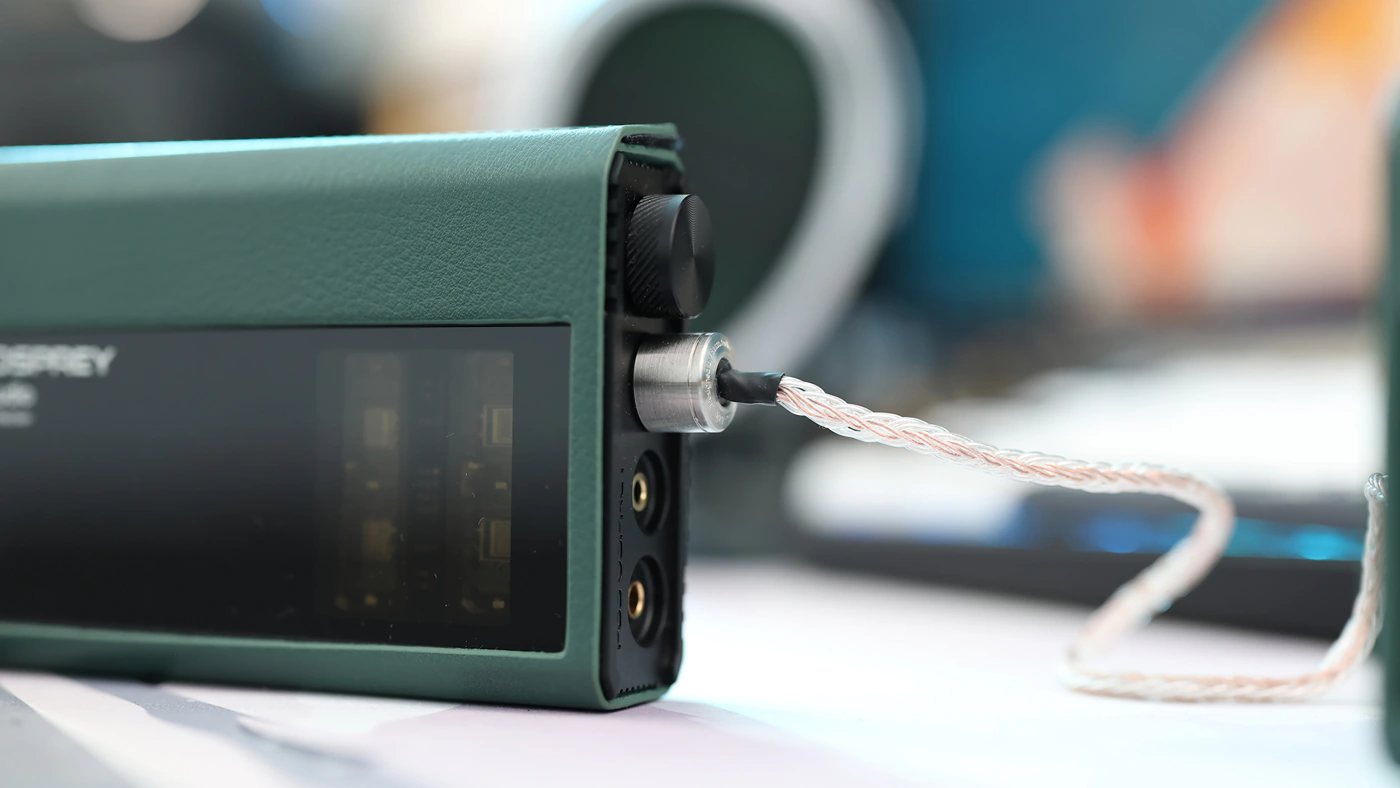
Midrange – Most of the magic happens in the midrange with PB5, as here it has the most unique character and saturates music the most, having a whole new level of color and vividness it can put into IEMs and Headphones. Lead voices are always forward, presented close to the listener for both male and female voices, and iBasso PB5 Osprey acts as the keeper of balance, between depth and air, seriousness and emotion, painting a perfect match for both voicings. In fact, the instrumental part blends nicely in cohesiveness but voices are always defined in a separate layer and space from guitars, pianos and other instruments, allowing you an exceptional level of understanding for lyrics, even in songs from Amon Amarth or System Of A Dawn. The balance between the power in the lower midrange and the brilliance of the upper midrange is set at a perfect equilibrium, both being expressed in equally awesome quantities, basically PB5 being capable of rendering the full impressionist presentation of a large orchestra, but also the finer nuances in female-led pop, the energy and soul in rock and metal, but also the holographic and trip-inducing synth rhythm found in EDM music like songs from Vini Vici.
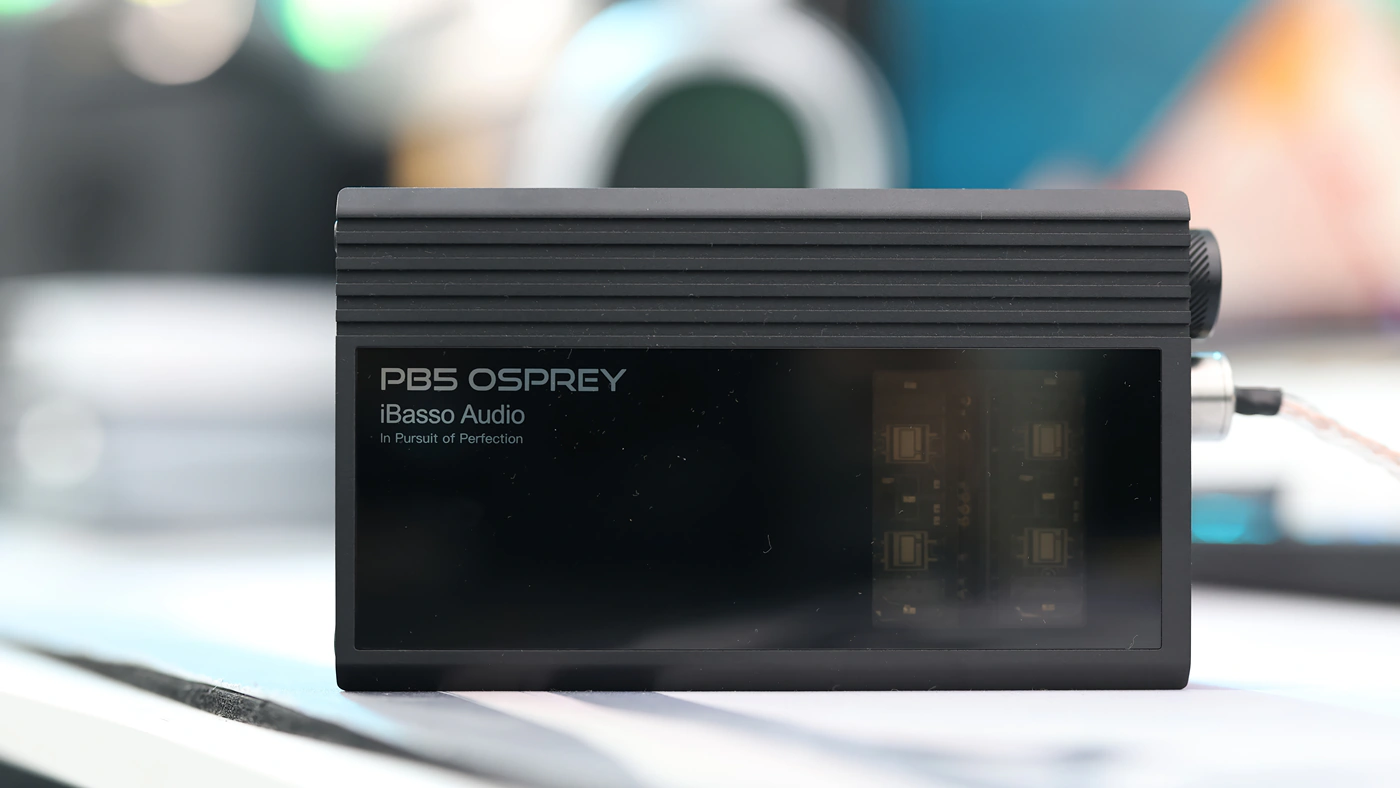
Treble – To top it all, the treble is bright, brilliant and just as we’ve seen with Feliks Euforia, iBasso gets a flagship tube amp approach, allowing the tubes to reproduce the high-end extension up to 20 kHz, in full stride and give music all the brilliance and sharpness it can have. In metal music, this will reveal the energy and strength of cymbals, while in jazz and pop it will give music a sense of air, brilliance and shimmer, revealing all the spatial cues to create a wide and holographic soundstage. The treble character is inherited from the midrange and the bass, also wet, fluid with a non-fatiguing texture despite the high amount of detail and clarity.
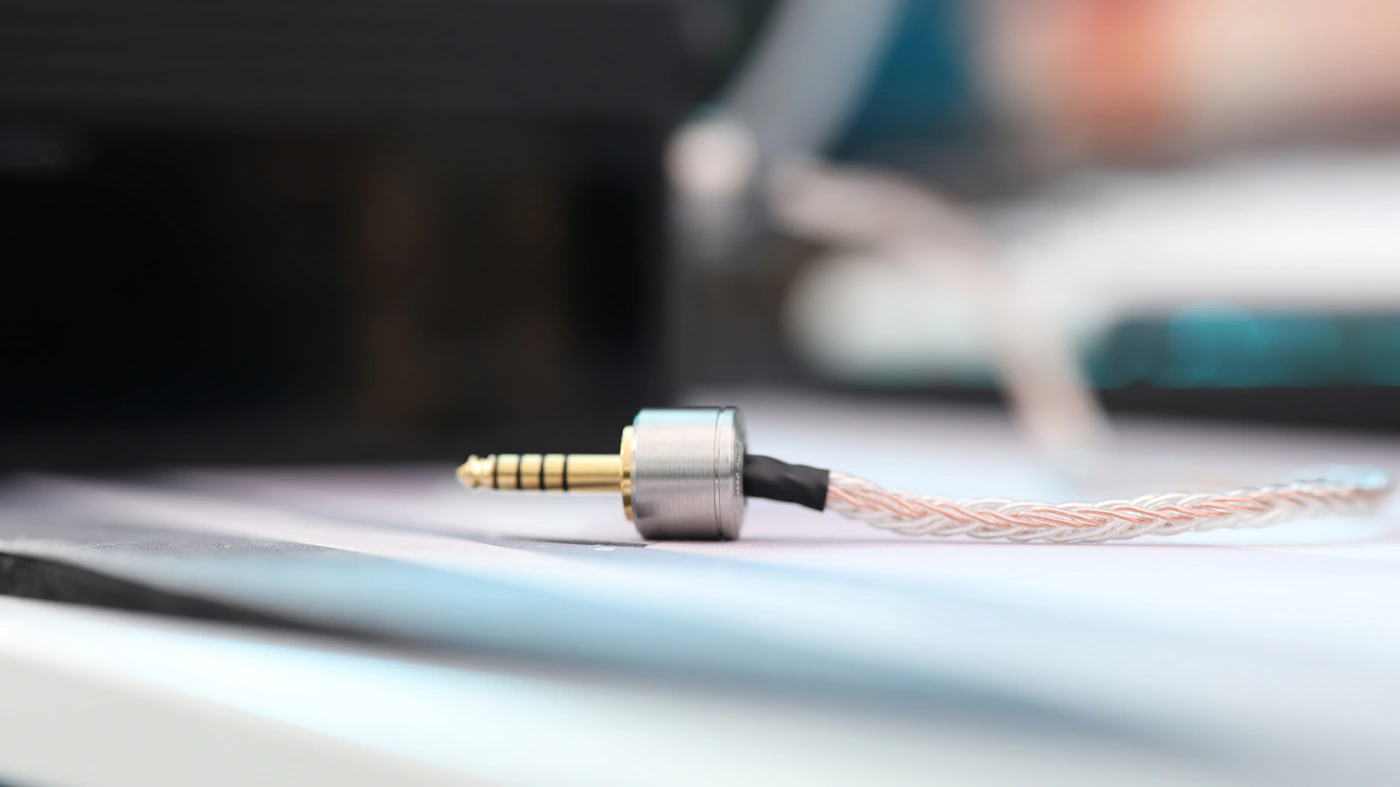
Volume Control – Volume control is a highlight for PB5, as is the driving power which is higher than what D16 offers and higher than what any portable DAC / AMP can offer at the moment, with PB5 being usable right up to the brim, you can set it to high gain, and use it at the absolute maximum volume if you desire so, without any trace of distortion or limiting factors. This being said, the sound changes slightly with higher volumes, and at whisper levels the sound is a bit more relaxed, wider and a bit smoother, getting ever so slightly more brilliant, more focused and with a tighter bass at higher and maximum volumes. You are not likely to ever reach the maximum volume PB5 is capable of offering, but it is nice to know it has the headroom, and you will get a cohesive presentation regardless of how loud you like to enjoy your music.
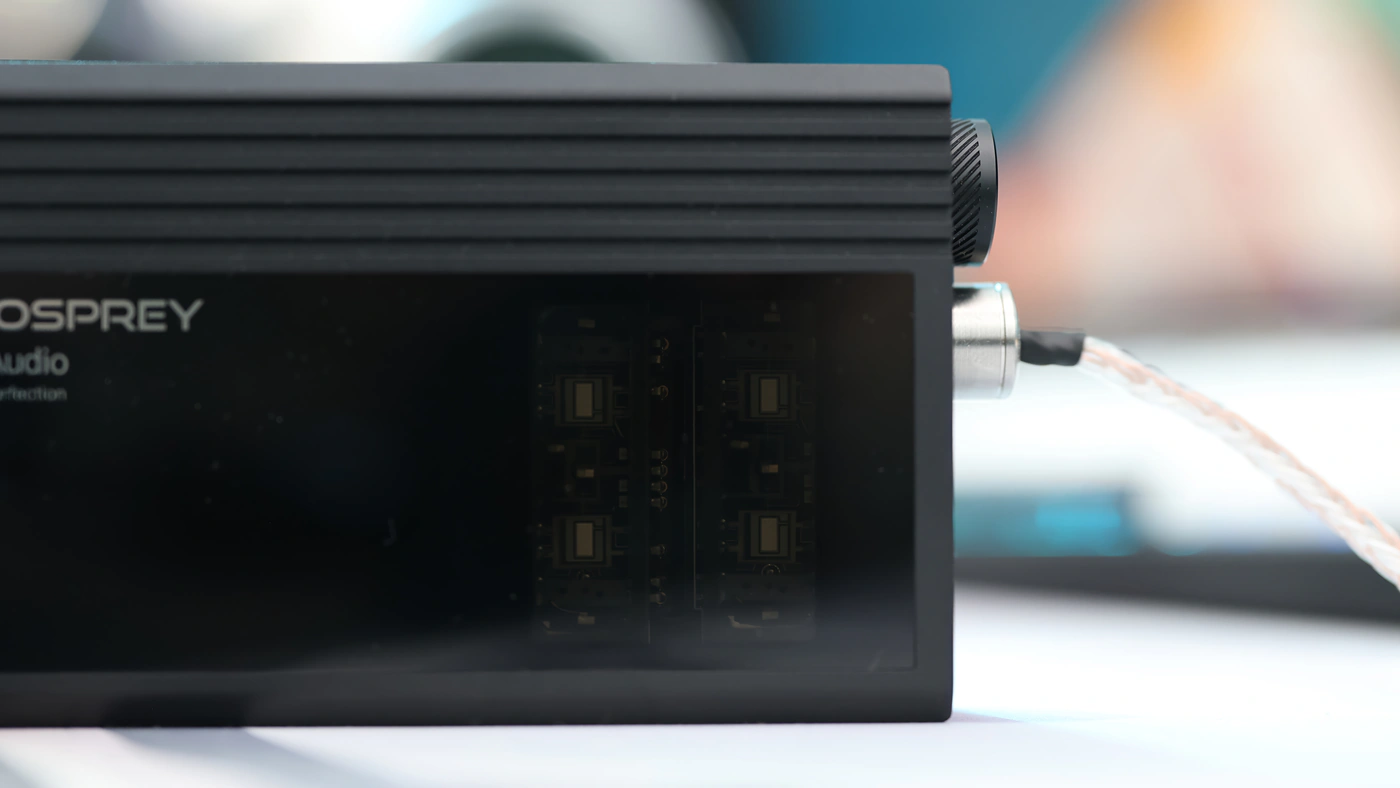
Dynamics / PRaT / Textures – When projecting the DAP, iBasso circumvented the negatives of a tube AMP, where you can physically get too much texture in sound, instead PB5 drawing in the clarity, saturation and contrast of the Tube Tech without allowing too much drive factor to reach the tube, basically offering just the right amount of texture that music is supposed to offer. Similar to handling noise of the tubes, if you get to maximum volume you can hear a bit of afterringing, which seems to be connected to how the tubes produce sound, but PB5 always has a soft, fluid texture, wet character which keeps music far from being dry, and close to being musical, natural and enjoyable. The sound has extreme levels of dynamics, so you can expect the loud and quiet parts of songs to be well defined from each other.
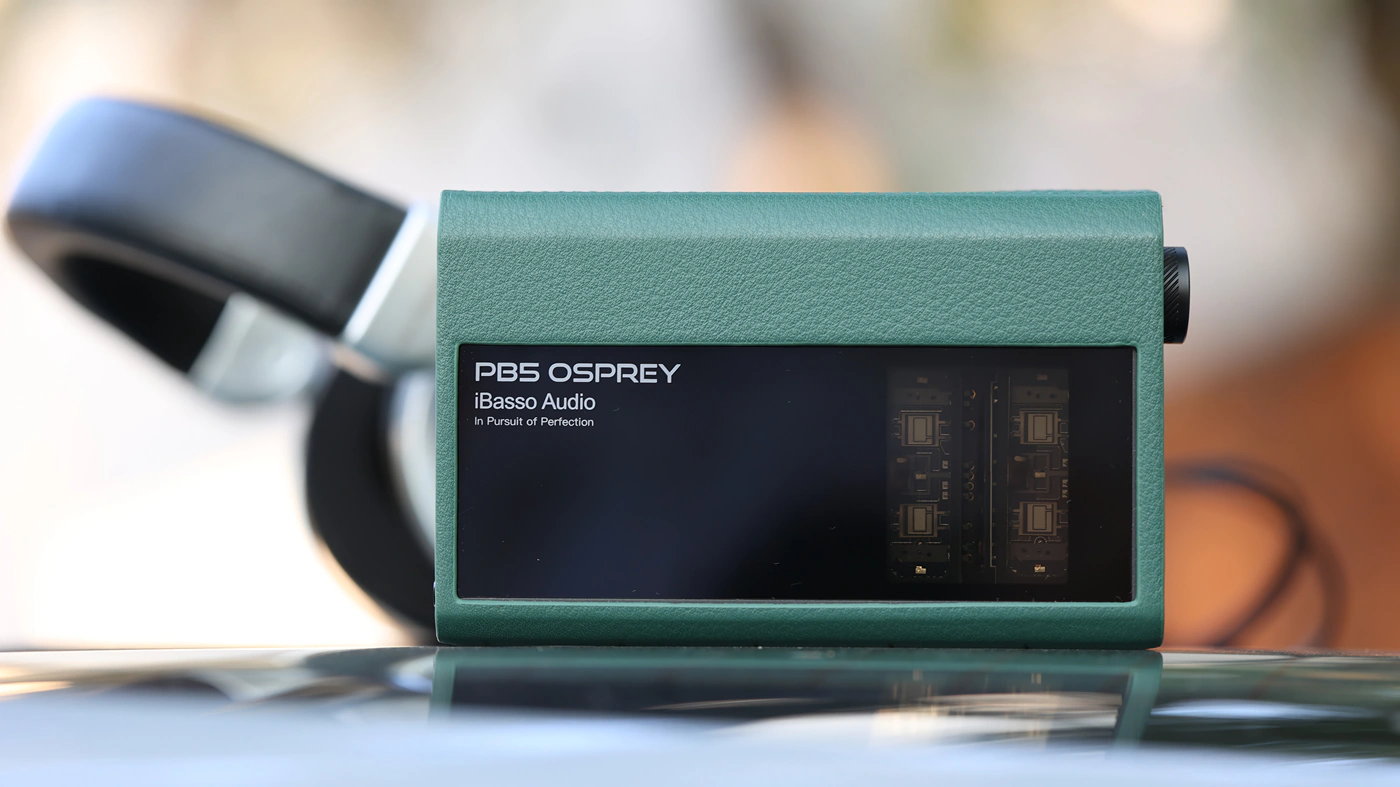
Soundstage – While Tube tech is not necessarily known for a wide soundstage, PB5 produces a holographic sound with strong imaging and exceptional instrument separation. Projection of instruments tends to respect the original song, but the lead voice is always brought close to the listener, which is correct as most studios, mixes and masters have the lead voice recorded in mono, so it should be very forward, the way PB5 presents it. This gives music a strong engaging factor for Pop and Metal songs, but allows orchestras to sound grand and wide, while atmospheric tracks, like those from the band “Om” will sound wide and ethereal.
Gaming Usage
You wouldn’t usually dream of having a stack like PB5 and D16 for gaming, but it has been the way I’ve been gaming for months now, the combo is simply snappy and has the perfect sound, driving power and tuning to satisfy all of my gaming dreams and desires. The only real downside to using the combo is that you need 3 USB cables to power everything, but otherwise I love the volume control of PB5, which offers perfect volume matching and the real-time response with no delay, allowing me to play competitive games and watch music videos / AMVs too.
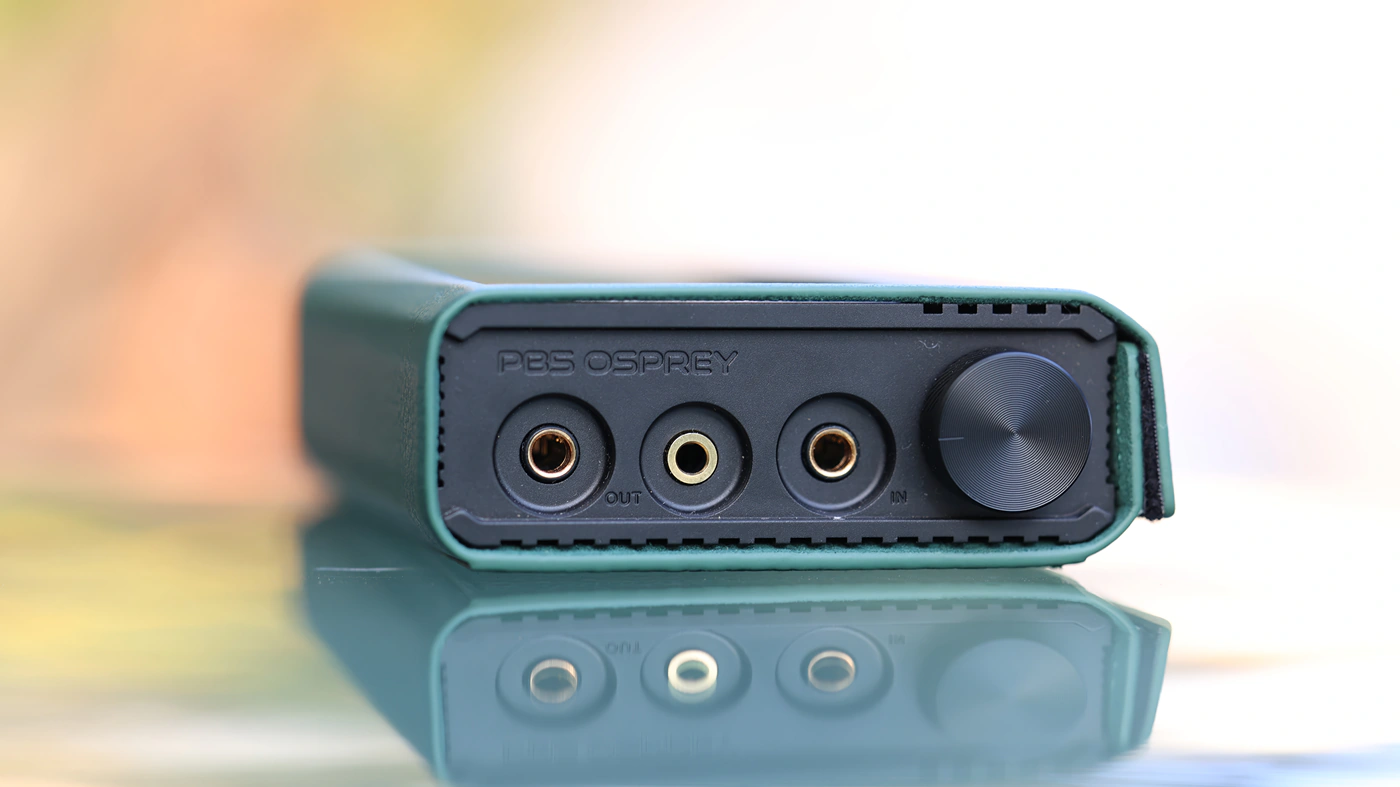
The sound allows me to quickly engage in first person shooters, thanks to the strong bass, and engaging midrange, but can project instruments far and wide for atmospheric games like Death Stranding or Visual Novels such as Eternal Hour. The sound follows and respects the original source material which is ideal for any amplifier, as it allows you to enjoy the track the way the original creator intended.
Comparisons
iBasso PB5 Osprey vs Audio-GD Master 19 (1499 USD vs 880 USD)
Build – Master 19 is likely the largest, heaviest and biggest headphone amplifier, having a unique selection of balanced inputs, Single ended inputs, and the most unique selection of PRE outputs, including XLR, RCA and Mini-XLR. In stark contrast, PB5 has only a 4.4mm balanced input and a 4.4mm balanced headphone output, but this is the thing I have been using the most with headphones for the past couple of years anyways. As Master-19 is also fully balanced, it has a balanced headphone output too, but it is XLR, and you need a converter like ddHIFI XLR to 4.4mm balanced to use most modern headphone cables, and Master 19 has a single ended 6.3mm output too alongside the XLR one. Master 19 weights a lot, is large and gets really warm during usage, it has multiple gain levels, but for IEMs, PB5 has a lower noise floor, and more volume gradient, you can achieve better control, and set the volume at your desired level a bit better, while with headphones both can drive all the headphones in my current collection equally well, including the hardest to drive models.
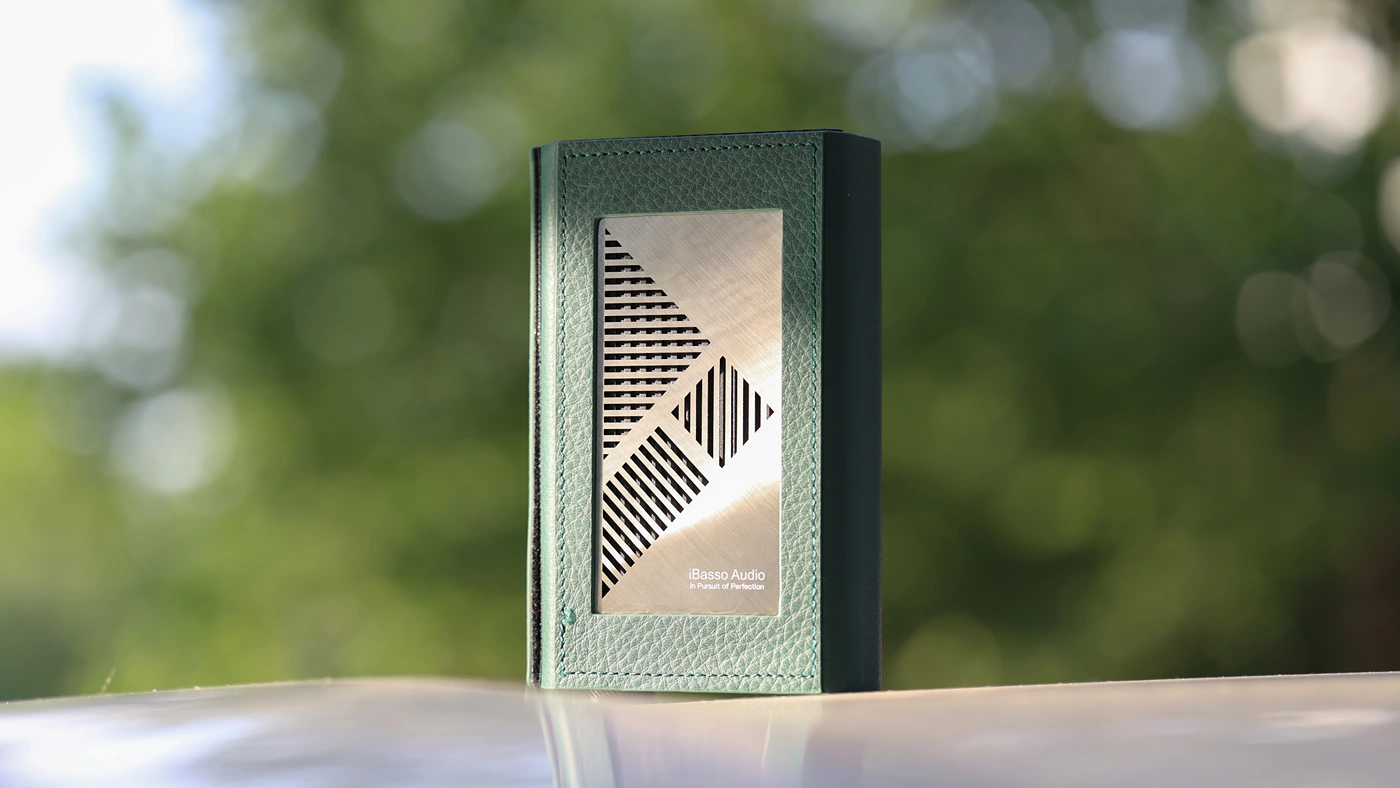
Sound – Sonically, you have to give a huge thumbs up to iBasso and to Audio-GD too, both have excellent resolution, dynamics and impact, but a very different sound signature, as PB5 sounds colorful, cheerful and warmer, fuller with a more forward midrnage. The sound of the Master 19 is more neutral, has less focus on the midrange, and more focus on staying as netural as possible, offering less depth, less bass, a wider sound with far more brightness, and a harsher presentation too. While I could, on a really good day call iBasso PB5 slightly forgiving, Master 19 is one of the most unforgiving medical tools that exist out there, showing the good and bad in music.
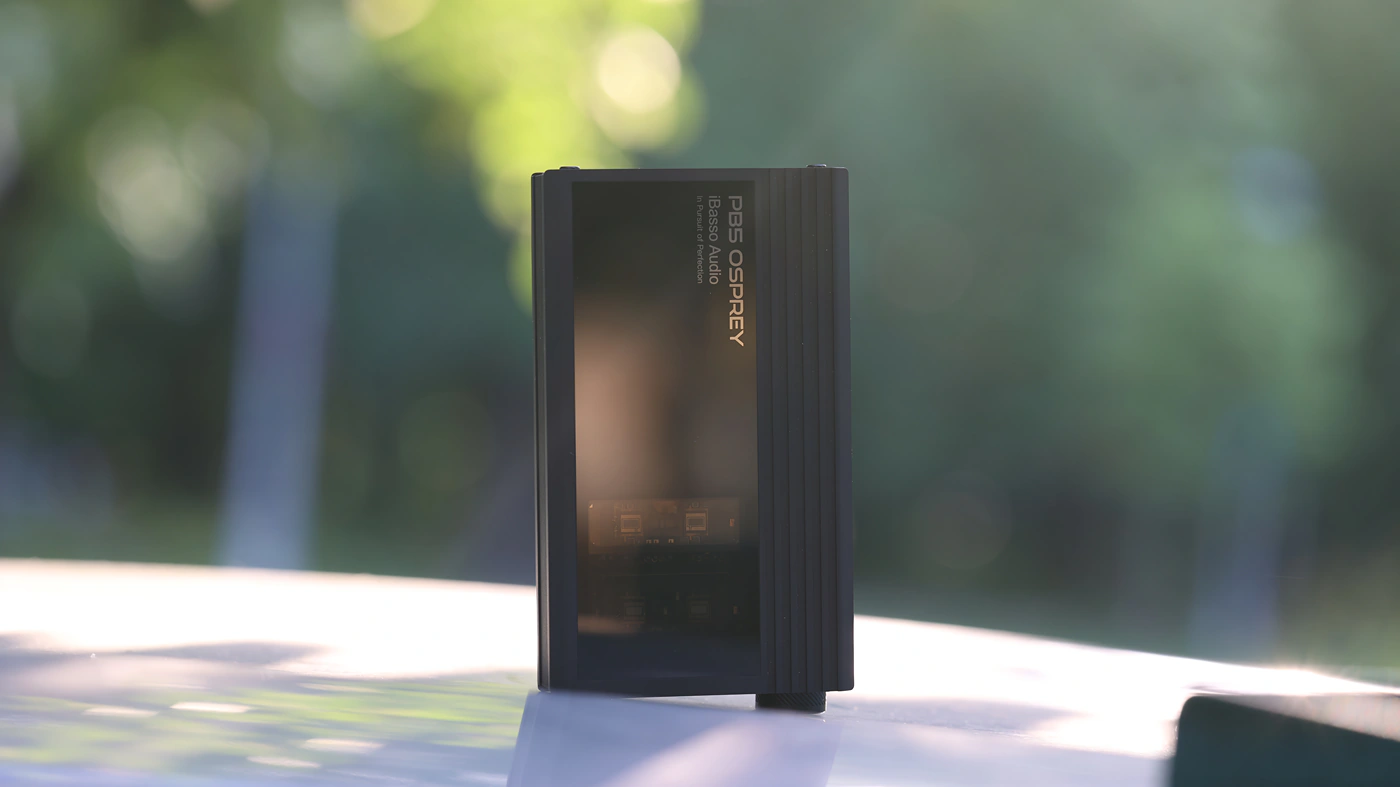
iBasso PB5 Osprey vs Violectric HPA V340 (1499 USD vs 2000 USD)
Build – Most of the competitors I am comparing the PB5 with are desktop-class Amplifiers, and this is a blade that cuts twofold, both because PB5 performs at the level of a desktop amplifier, but also because the price is similar, so HPA V340, one of the most solid amplifiers made to date is a great competitor to PB5, but V340 is a desktop unit, heavy and running warm. We only have a single ended input on the HPA V340, but it has both a single ended RCA output, and an XLR output too, while PB5 has a 4.4mm balanced input, and both a 4.4mm balanced output and a 3.5mm single ended output for headphones. For headphones, HPA V340 has an XLR Balanced output, and single ended outputs, but you can easily use a ddHIFI XLR to 4.4mm balanced output to run the same headphones from both. For IEMs, PB5 has a lower noise floor and better control, with a wider range for the volume gradient, while for headphones, like all the desktop amplifiers today, HPA V340 has a higher theoretical power, but in practice PB5 can satisfy full-sized headphones equally well, and sometimes the colorful and cheerful sound proving to be even more likable than the desktop counterpart.
Sound – Speaking of which, PB5 sounds rather open, colorful, cheerful and has a strong contrast between instruments while HPA V340 is incredibly neutral, kind of bright, but has a lower amount of bass, more dynamic, but also can get fatiguing much faster than PB5. You can get a better depth from PB5, it has a warmer and deeper sounding bass, while HPA V340 has a much brighter treble, with more brilliance and sparkle, but the sound is flatter in depth, where PB5 offers both more distance between you and the instruments, but also more separation between instruments and a stronger layering. Overall, PB5 drives IEMs better with more control and lower noise, while for headphones it has a similar degree of actual driving power and headroom, but a more pleasing, more traditional signature / tuning. I am looking forward to a version from Violectric that has a balanced input, as I feel it is a limiting factor for a headphone amplifier / PRE with such a good Balanced output both for pre and the headphone output.
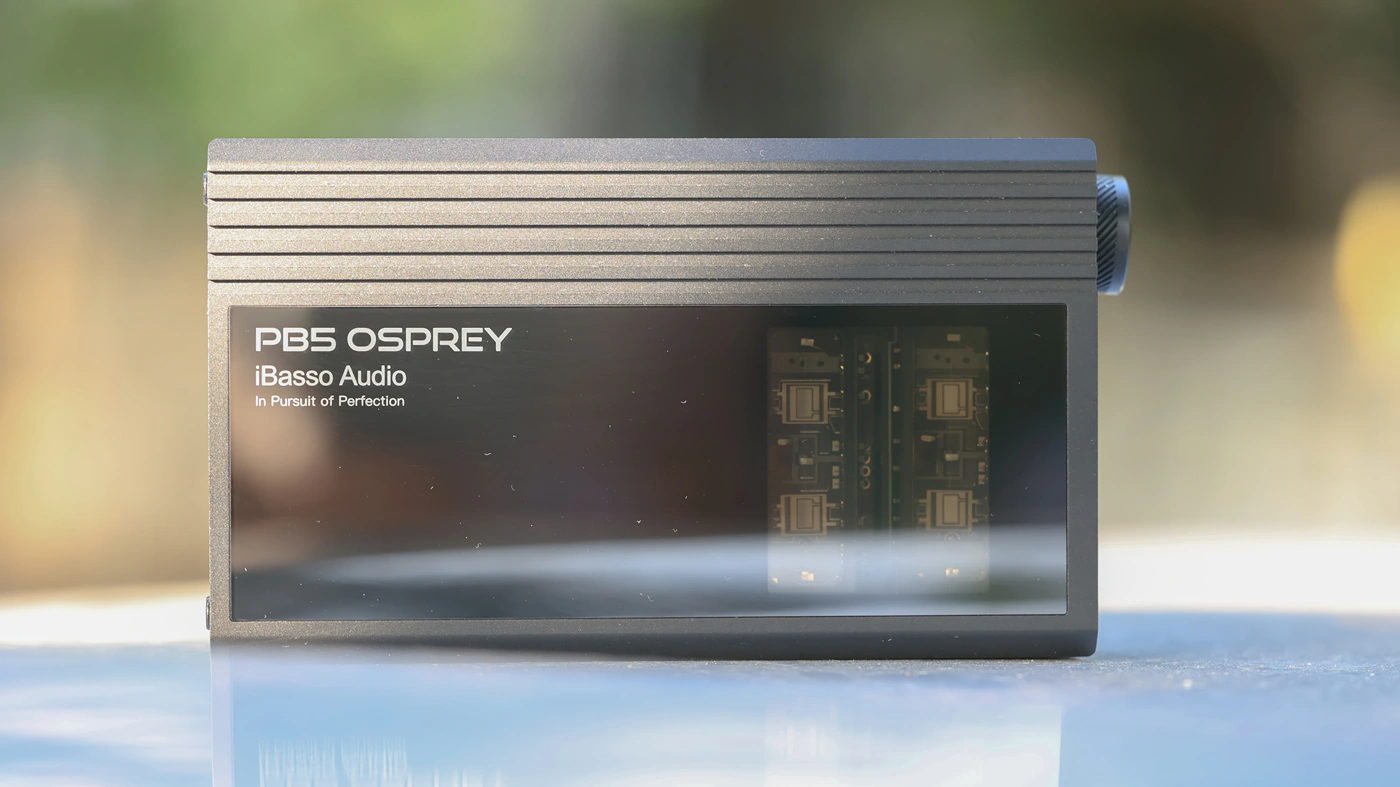
iBasso PB5 Osprey vs Feliks Audio Echo 2 (1499 USD vs 799 USD)
Build – Feliks Audio has the new Euforia Evo you likely have seen in our reviews, especially in the background of our video reviews, but I am still working on the full written review of it, so I decided that for now comparisons with Feliks Echo 2 will suffice. Echo 2 is the kind of AMP that follows a similar sound compared to PB5, but a different design, made to be a full desktop unit, with a strong Preamplifier function, and OTL design, with no Balanced output. This means that PB5 is better at driving headphones and IEMS with a low impedance, and Echo 2 is better for headphones where you simply can’t use a balanced connector.
Sound – Sonically, you have to get a headphone you can test with both, if you want the game to be fair, because PB5 has a higher driving power for low-impedance headphones, including all planar magnetic headphones out there, while for IEMs, PB5 also has better control and a lower noise floor, as Echo 2 can saturate the voltage gradient quickly without providing a strong wattage, as it is OTL in design. So, with high-impedance dynamic headphones, where Echo 2 can perform best, PB5 shows a warmer sound with a deeper bass, but a smoother and more relaxed treble, with a more natural midrnage, and more resolution / detail. You can change the character of Echo 2 quite a lot by using aftermarket Tubes, while with PB5, you’re likely going to get the same experience as the NuTubes are not designed to be replaced, and there are no alternatives currently on the market. Echo sounds brighter, lighter and snappier, creating a wider soundstage, but PB5 has a higher degree of instrument separation and a better imaging, at the end of the day both being equally impressive, but PB5 far easier to recommend for most headphones and IEMs, while Echo 2 is great as a Headphone Amplifier for Hd6XX and Hd8XX series, and Preamp combo.
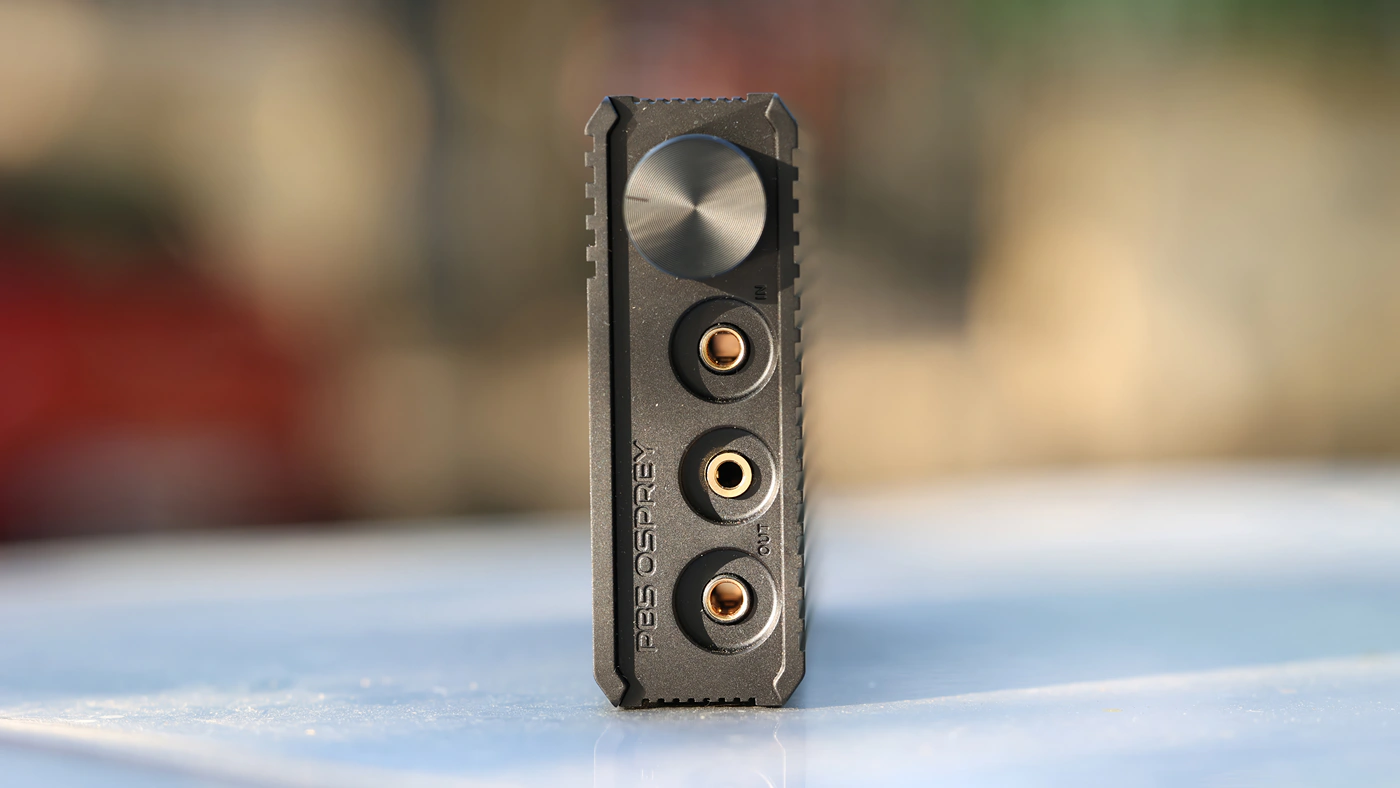
iBasso PB5 Osprey vs Aune S17 PRO (1499 USD vs 699 USD)
Build – We have a large and solid amplifier in the S17 PRO, and it is made of metal, somewhat heavy, and has all the three headphone outputs, XLR, 4.4mm Balanced and 6.3mm Single Ended. There is no 3.5mm single ended headphone output, and S17 Pro has a far more complex usage and also comes with the issue of overheating. While in my controlled environment I haven’t run into overheating, I received messages from fans who purchased it and they told me it is not usable to 100 Ma, which is its high power mode, in all parts of the world, while iBasso PB5 has been out for a while now and thew public consensus is that it works wonders, with no overheating or other types of issues. PB5 does not have a preamplifier dedicated output, but it has the common 4.4mm balanced headphone output, and a 3.5mm single ended headphone output too. For driving IEMS, both have equal noise floor levels, but PB5 has a higher degree of volume control, being better in general for IEMs, while the maximum driving power with no distortion and headroom is higher on the PB5, despite the smaller size and portable design.
Sound – Sonically, S17 PRO has a full, smooth and warm sound, with a high damping factor, creating a satisfying bassy sound with a relaxed and laid-back treble. In stark contrast, PB5 Osprey sounds much brighter, more open, the soundstage of PB5 is wider and deeper, with stronger imaging and better layering. The midrange of PB5 is much more contrasty and more colorful, it binds instruments together more cohesively, and creates a more natural texture, compared to the smoother, leaner presentation of S17 PRO. The differences is a make it or break it with certain headphones, as S17 Pro works better with HE1000SE in particular, but PB5 works better with most IEMs, and works better with most IEMs and most headphones too, including HIFIMAN Arya Stealth, HIFIMAN HE1000 Stealth and Crosszone CZ-8a Enhanced too. The rule here is that S17 PRO has a higher degree of desktop functionality, but will be bound to your desk, and PB5 can achieve a more colorful sound with better driving power and better control for IEMs and Headphones, for a higher cost, but it has portability included in the package too.
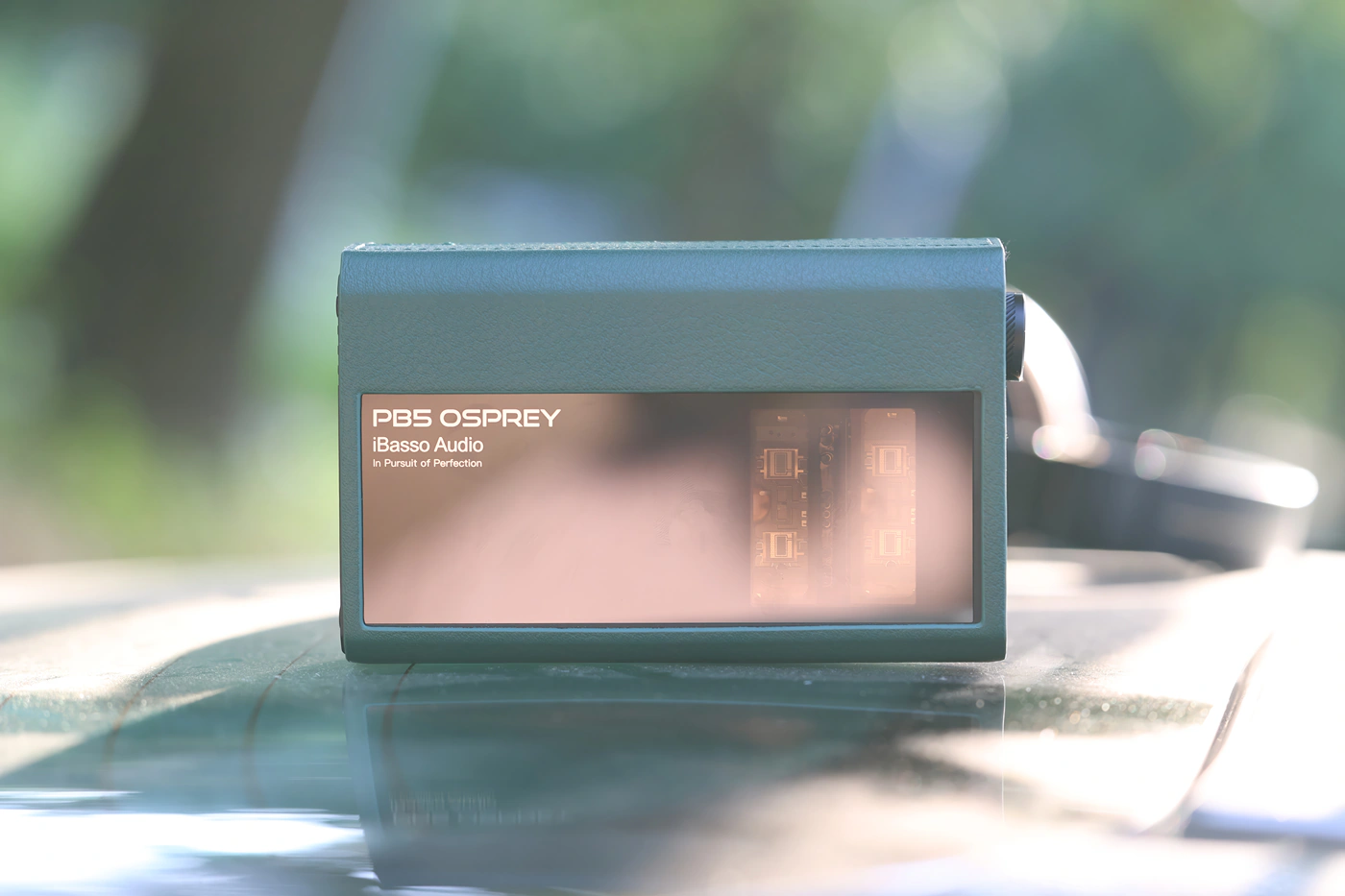
iBasso PB5 Osprey vs HIFIMAN Prelude (1499 USD vs 2499 USD)
Build – Prelude is a much larger headphone amplifier, with excellent build quality, but it is bound to your desk, has a preamplifier function, but also an XLR Balanced input, RCA Input, RCA and XLR output, and a large Linear Power Supply inside. The price of the Prelude is higher, and it is much larger, while PB5 Osprey is smaller, has a 4.4mm input, and no Preamplifier function. This being said, there are other key differences, as PB5 is centered around Tube AMPs, Nutubes to be more precise, while Prelude is a full solid state amplifier.
Sound – Sonically, the two Amplifiers are really different, Prelude sounds much deeper, smoother, fuller and bassier, while iBasso PB5 Osprey sounds more colorful, brighter and has more focus in the midrange. There’s something magic about PB5 and the way it creates a natural and contrasty sound, while Prelude has a more serious, grave tonality, but a wider, deeper soundstage, creating more space between instruments, and more separation between layers. Both are equally universal and versatile, and both are also exceptionally resolute, but if you want your headphones to sound deeper and smoother, Prelude will tune them that way, while if you and a more colorful, brighter, more punchy sound with the magical Tube sound, PB5 offers it much better. For driving IEMs, Prelude has zero noise, while with ultra sensitive IEMs, PB5 can have a tiny bit of noise, and for headphones, both have equal driving power, all of my headphones, even the most demanding ones being adequately driven off both. In this aspect, PB5 is better for IEMs, as it allows for more volume control.
Value and Conclusion
It bears no question that iBasso PB5 is a flagship and is priced as such, but the technological innovation it contains makes it the top of the market, being the most potent, most dynamic, vivid and colorful sounding headphone amplifier, without being the most expensive one, so despite the high price point, value is all the way through the roof. Even if you judge it for the package, iBasso includes a beautiful green protection leather case, transport pouch, and all the needed cables to connect the PB5 Osprey to the DAC you’ll be using. The whole package is excellent in quality too.
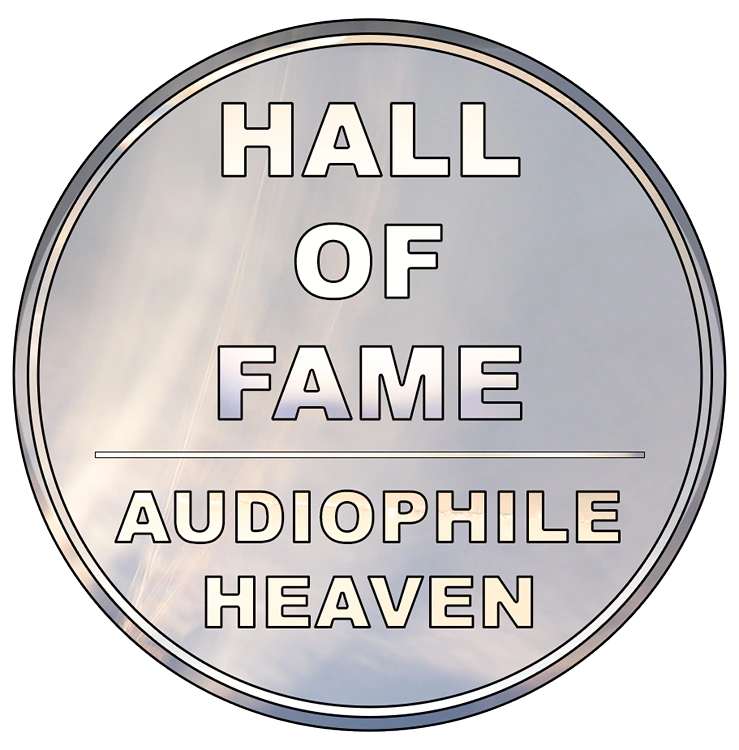
Before the end of today’s review, iBasso PB5 won its place in the Audiophile-Heaven Hall Of Fame fair and square, with the offered sounding having been my favorite for a portable amplifier this year, and PB5 is likely the best sounding portable headphone amplifier I heard to date.

At the end of today’s review, if you enjoy a colorful midrange, with a strong contrast, excellent separation between instruments, and a wide, holographic soundstage, iBasso PB5 offers a far better performance than the price dictates, and it is after all the top of what you can get from a portable tube amplifier, a must hear at least once type of device.
Product Link
Amazon – https://amzn.to/47DHzZx
Aliexpress – https://s.click.aliexpress.com/e/_DFqjKCv
--- Please remember to stay safe, and always have fun while listening to music!---
- If you have a dime to spare, please donate, and help us! It would make the day brighter for me and my wife-
Full Playlist used for this review
We listened to more songs than those named in this playlist, but those are excellent for identifying a sonic signature. I recommend trying most of the songs from this playlist, especially if you’re searching for new music! The playlists are different for Spotify, Tidal and Youtube, and based on the songs I enjoy and are available on each!
https://www.youtube.com/playlist?list=PL_cjBXGmwSHSdGcwuc_bKbBDGHL4QvYBu
https://open.spotify.com/playlist/5J3oloz8Riy9LxEGenOjQ0?si=979ba4f082414be7
https://tidal.com/browse/playlist/330fd544-8e5b-4839-bd35-676b2edbb3d5
--- Contact Us ---






Hi George, out of the Hifiman Serenade and Ibasso D16/PB5 combo which was better with music, soundstage and gaming?
Overall, Serenade is a bit wider and more holographic, but D16 and PB5 sound more natural in the midrange, richer. Serenade can be a bit colder sounding and more analytical, while PB5 in particular makes D16 really pleasing to the ear. You can add PB5 to Serenade too. Generally, I would use PB5 and D16 more, as they take a bit l;ess space on my desk
Thank you for the reply George, much appreciated!
Great reviews by the way, I always look forward to your take, with an to an all encompassing look into the audio devices with extra sections on soundstage and gaming!
Keen to see more in the future!
If you’re open to suggestions I’ve heard the Gustard X30 dac and Laiv HP2A amp are top price/performance picks in their price ranges!
Thank you so much! I will try to explore those too if I get the chance!